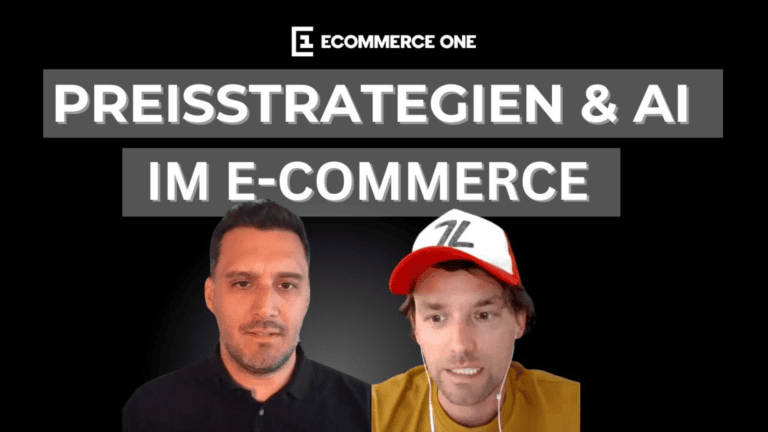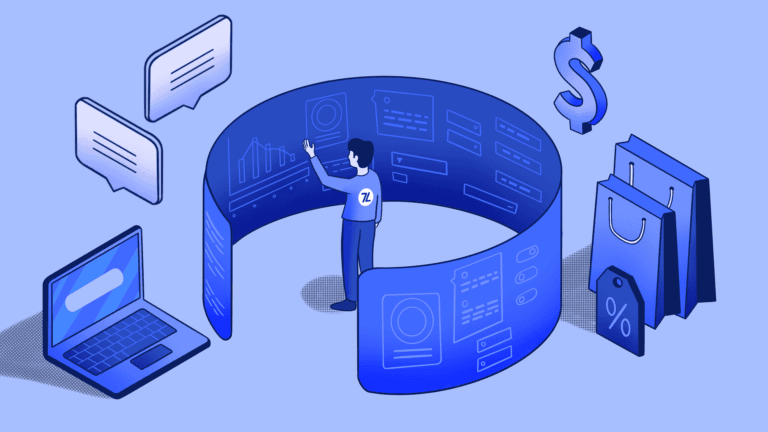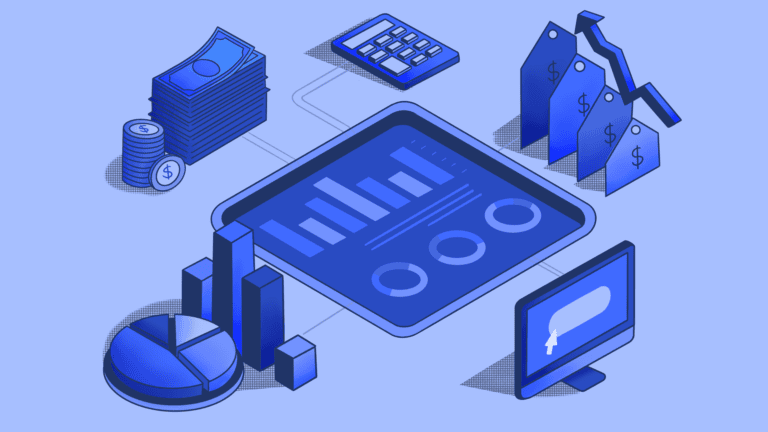Introduction
The 12th DPC event was held on the 10th of October 2023 with a total of 26 attendees, including companies such as Philips, BestSecret, Phoenix Group, flaschenpost.de, Contorion and Flaconi. Brandon Beckett, Senior Data Analyst in Pricing at Flink, delved into the technical intricacies of competitor price benchmarking at Flink, a leading on-demand rapid delivery service for groceries that has been at the forefront of innovative pricing strategies
Data is Key
Brandon underscores the foundational role of data in competitive pricing. “If you want to know how your price compares to your competitor, you need to know your price, your competitor’s price for the same or equivalent product,” says Brandon. The acquisition of accurate and comprehensive product and price data becomes the cornerstone of this process.

Product Matching
Transitioning to product matching, Brandon advocates for a tiered approach. “We generate vector embeddings via OpenAI’s API to match products with our competitors on a product name,” he explains. This method takes care of most matches, but additional data like barcode information can further refine matches.

Weighted Price Differences
Moving on to the next step, Brandon introduces the concept of weighted price differences. “Since some products don’t sell quite as much and others sell quite a lot, we like to weight all of our price differences by the actual quantity sold for each product,” he elaborates. This approach ensures a nuanced and accurate comparison, especially for businesses with a diverse product portfolio.

Visualization and Analysis
Once the data is processed, Brandon recommends effective visualization and analysis. “For visualizing this data, you can segment the data by different groups like categories, for example, whatever makes sense for your business,” he suggests. Segmentation allows businesses to understand the nuances of their pricing strategy across different product groups.

Strategic Decision-Making
Armed with the analyzed data, strategic decisions can be made. Brandon provides examples of how businesses can strategically position their key value items and non-key value items against competitors. “You can start making some strategic decisions. For example, let’s price our key value items 1% below and our non-key value items 5% above competitor X,” he recommends. This step offers a concrete application of the insights derived from the benchmarking process.

Real-World Impact
Brandon concludes by showcasing the practical applications of this tool. From tracking positioning over time to aligning with price sentiment analysis, the tool offers valuable insights for dynamic pricing decisions.
Conclusion
Brandon’s presentation provides a comprehensive blueprint for businesses to leverage data in shaping pricing strategies. The real-world impact is evident in Flink’s pricing strategy in Germany, demonstrating the tangible benefits of data-driven decisions. As businesses navigate the competitive landscape, Brandon’s insights serve as a guide for making informed and strategic pricing decisions.
Q&A
Q1 – Roland Haake (Director Pricing & Analytics at BestSecret): How do you identify KVI-Items?
A1 – Brandon Beckett (Senior Data Analyst in Pricing at Flink)
That’s a very good question. Kind of one of the million dollar questions here is difficult to identify key value items. We’ve had a lot of different analysts and a lot of different discussions over many months on what key value items are, which products we have that are key value items, which ones that aren’t. And I think elasticity is probably one of the better ways to sort of determine which of your items are key value items. But it’s challenging. There’s a lot of different factors that can go into it. I would also say we’re even starting to look into something now more like user level key value items, because maybe I know the price of something very specific really well, but no one else really knows the price of that item very well. So for me, it kind of acts as a key value item, even though for most people it doesn’t. So, yeah, it can get a little bit tricky.
Q2 – Pravin Venkatraman (Product, Pricing & Monetization Strategy at ReserMine Technology Solutions):
In my experience, when we defined KVI, it was based on the historical transactions, the volume that you consider as well as suppose, for example, the top hundred products of yours, which has great volume as well as good. And, you know, that defines the price perception, that is the image of the customer who is coming to your store. Those are considered as high KVI items, HKVI. And then you would classify the remaining second set as KVI and then the remaining as non KVI. So it’s just a type of segmentation part.
A2 – Brandon: Yeah, we’ve done something similar to that as well. But we’ve also found through price testing that there were certain items that we thought were not KVIs, and they turned out to be very much KVIs and vice versa. So really trying to dig through the data that you have, impression data, order data, depending on what kind of data you have, you can maybe find some kind of unique solution there to identifying your key value.
Q3 – Pravin: If I may, Brandon, how do you define the match score?
A3 – Brandon: The match score is defined through either manual matching, just kind of manually setting it to 100 or barcode matching, like I mentioned, manually setting it to ten. And then we have this other method with Open AI.
Q4 – Sebastian Dienemann (Head of Revenue Management at flaschenpost SE): How do you use “Vector embeddings” by Open AI for matching? Is there an API you can use?
A4 – Brandon: So you just use OpenAI to take your product name, your competitor’s product name, and then translate that into a vector embedding. And then you’re comparing it to see what the probability is that those two product names actually match. And yes, there’s an API that you can actually use to make that happen. I’m sure if you search something online. I remember searching online, and there was a pretty good tutorial on how to use it for matching because people use this also for matching a lot more than just like product names, but for a lot of search engines and different use cases like that, there’s lots of resources out there for it.
Being a Dynamic Pricing Community member
We strive to create a space for sparking and maintaining lasting connections between retail pricing practitioners, enthusiasts and experts.
By surrounding yourself with the best experts the field has to offer, you can address and learn more about the current challenges in the pricing in retail industry, advance your pricing expertise and expand your pricing network.
Who will you meet?
Free of charge, but only selected members are accepted, so we keep the discussions relevant and at a high standard of expertise.
Conditions
- Professionals with experience in business, pricing, marketing
- People working for a retailer, brand, or aggregator. Our content and events bring the most relevant insights to these industries
- Members who are open to sharing their knowledge and network. This group is for creating and nurturing relationships by discussing and sharing experiences, knowledge, and resources
Benefits
- Timely pricing tech updates via closed LinkedIn Group
- Networking with top pricing practitioners
- Access to exclusive knowledge-sharing webinars



